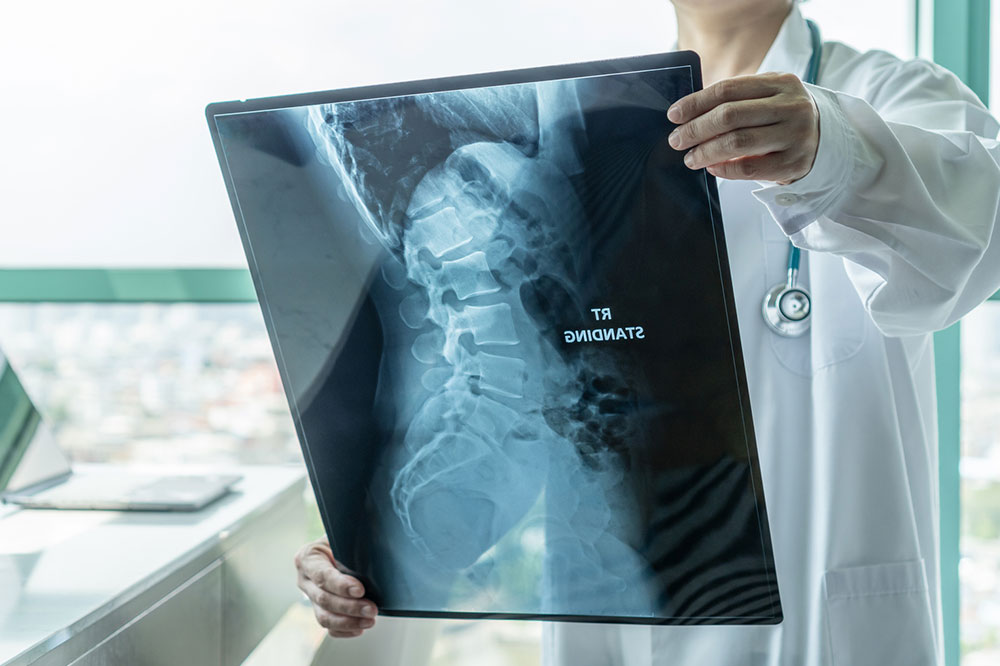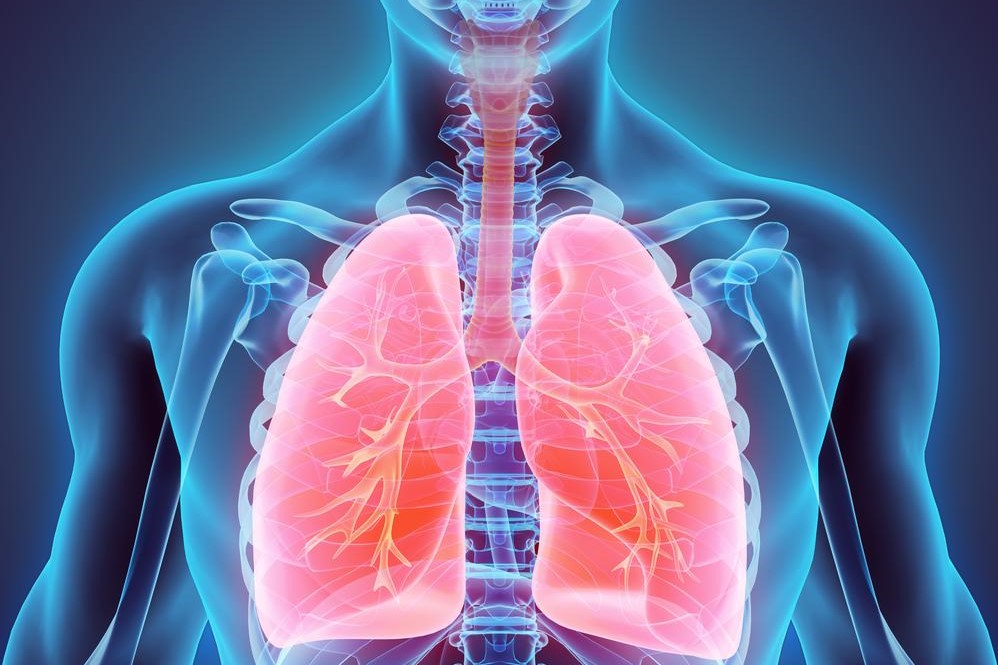Comprehensive Guide to Spinal Muscular Atrophy: Types, Symptoms, and Early Detection
This comprehensive guide explores spinal muscular atrophy (SMA), covering its various types, symptoms, and the importance of early diagnosis. It highlights recent advances in treatments such as gene therapy and emphasizes the significance of awareness and early intervention for better management and improved quality of life for affected individuals.

Comprehensive Guide to Spinal Muscular Atrophy: Types, Symptoms, and Early Detection
Spinal muscular atrophy (SMA) is a rare genetic neurological disorder that significantly impacts muscle strength and movement capabilities. It is caused by the progressive degeneration of motor neurons in the spinal cord and brainstem, leading to muscle wasting, weakness, and in severe cases, paralysis. Despite being a life-altering condition for many affected individuals, awareness about SMA is relatively limited among the general population. This in-depth article aims to provide a comprehensive overview of the various types of SMA, their characteristic symptoms, and the importance of early detection and intervention to improve quality of life.
What is Spinal Muscular Atrophy?
Spinal muscular atrophy is an inherited disorder that impairs muscle movement due to the gradual loss of motor neurons—nerve cells responsible for controlling voluntary muscles. The condition is genetically inherited in an autosomal recessive pattern, meaning that a child must inherit defective copies of the SMN1 gene from both parents to develop the disease. The severity and presentation of SMA vary considerably depending on the type, ranging from severe, early-onset forms present at birth to milder, adult-onset cases that may progress slowly over years.
Understanding the different types of SMA is crucial because they determine the prognosis, treatment options, and care strategies. The classification includes Types 0 through 4, with Type 0 being the most severe and Type 4 often emerging in adulthood.
Here are the key symptoms associated with each type of SMA:
Type 0 (prenatal SMA):
This extremely rare form appears before birth. Fetuses with Type 0 often exhibit severe muscle weakness, poor muscle tone (hypotonia), joint contractures, and breathing difficulties, which can be apparent during prenatal ultrasound. Infants born with this type usually face survival challenges and may require intensive respiratory support immediately after birth.
Type 1 (Werdnig-Hoffmann disease):
Recognized as the most severe form, Type 1 manifests early, typically within the first six months of life. Infants with SMA Type 1 struggle to support their head and sit unsupported and often experience severe swallowing and breathing difficulties. Without prompt intervention, many infants do not survive past their second year due to respiratory failure. Early diagnosis and respiratory management are critical for improving survival rates.
Type 2 (intermediate SMA):
Usually diagnosed between 6 to 18 months of age, children with Type 2 can sit independently but often have difficulty standing or walking without assistance. Muscle weakness is prevalent but less severe than in Type 1. With appropriate physical therapy and supportive care, some children maintain mobility into adolescence.
Type 3 (Kugelberg-Welander disease):
Typically presenting in childhood or adolescence, Type 3 SMA allows affected individuals to walk but with difficulty, especially with stairs or rising from a seated position. Symptoms may vary, and some individuals experience fatigue or muscle cramps. While mobility may diminish over time, many individuals live into adulthood with proper management.
Type 4 (adult-onset SMA):
The mildest form, Type 4, appears in adulthood, often with gradual muscle weakness, twitching (fasciculations), and respiratory issues. It progresses slowly, and many individuals may not experience significant impairments for years. Genetic counseling and ongoing medical evaluation are important for managing symptoms.
Understanding these variations is essential not only for diagnosis but also for tailoring treatment strategies, which have advanced significantly over recent years.
Early detection through newborn screening programs and genetic testing plays a vital role in optimizing outcomes for individuals with SMA. Therapeutic options like gene therapy, pharmacological treatments, and supportive therapies such as physical and respiratory therapy are making a meaningful difference. Raising awareness and educating families about SMA can lead to earlier interventions, better management, and improved quality of life for affected individuals.
In conclusion, spinal muscular atrophy is a complex and multi-faceted disorder that requires a multidisciplinary approach for effective management. Continued research and increased awareness are essential to develop better treatments and expand access to care, helping those with SMA lead fuller, more functional lives.





